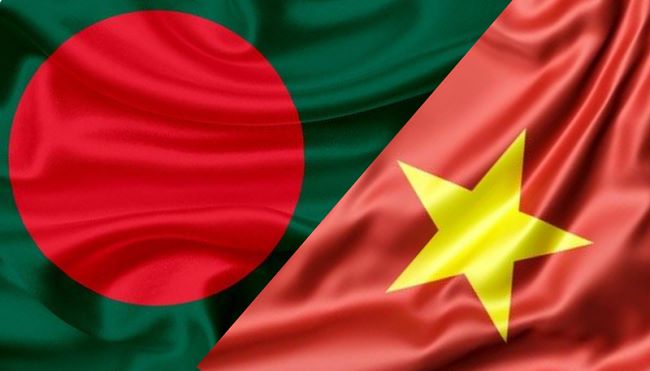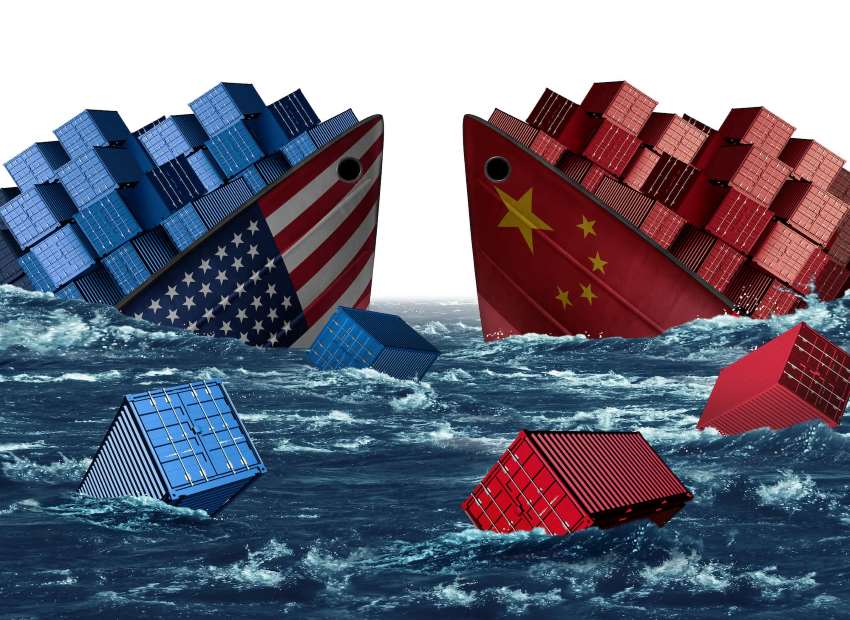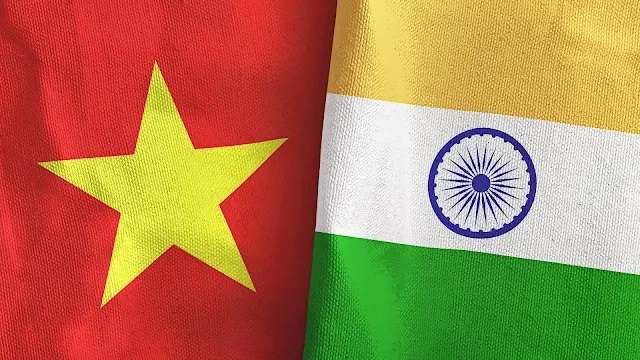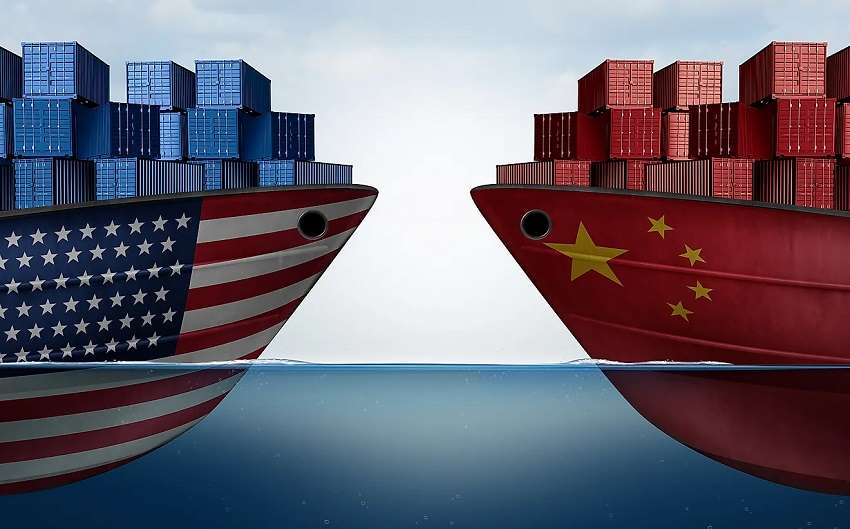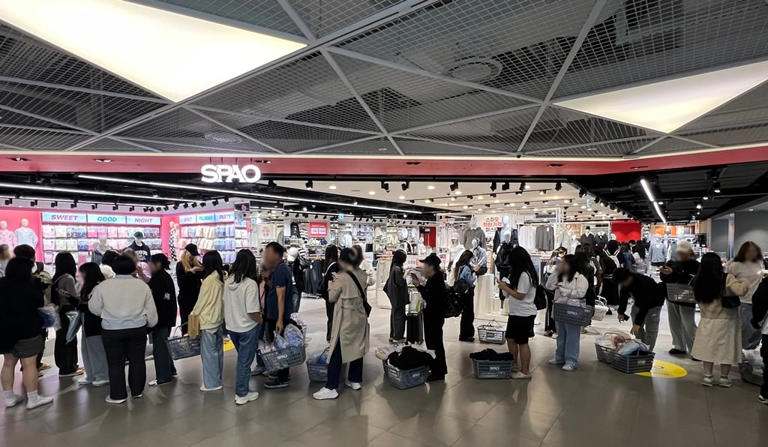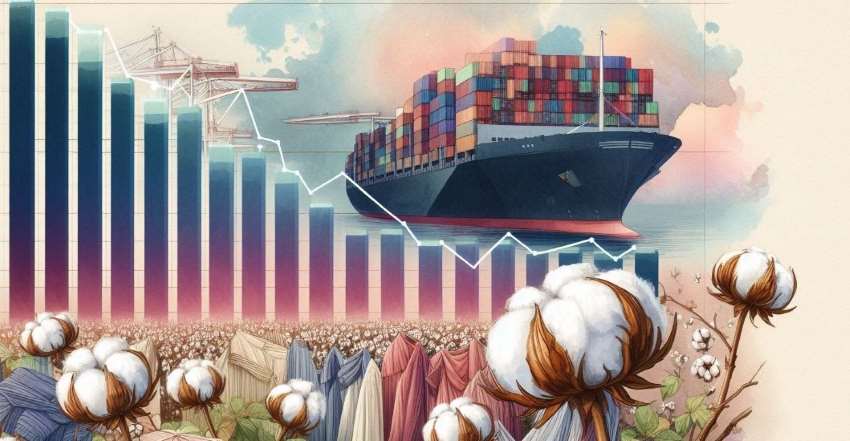"Due to a massive crisis in its balance of payments (BoP), Pakistan is facing immense pressure on its Forex reserves. The country’s dollar reserves have fallen to $8,408 million, sufficient only to cover its import bill for few months. To buttress these depleting reserves, the country’s finance minister plans to knock on IMF’s doors for the 13th time. The country will seek structural adjustment package bailout package for $11 billion from the international organisation; however, this bailout package is likely to come with some strings attached. Pakistan will continue facing BoP crisis as long as its imports exceed its exports. To get out of this conundrum, the country needs to increase exports from $24.7 billion in the last financial year"
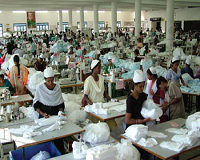 Due to a massive crisis in its balance of payments (BoP), Pakistan is facing immense pressure on its Forex reserves. The country’s dollar reserves have fallen to $8,408 million, sufficient only to cover its import bill for few months. To buttress these depleting reserves, the country’s finance minister plans to knock on IMF’s doors for the 13th time. The country will seek structural adjustment package bailout package for $11 billion from the international organisation; however, this bailout package is likely to come with some strings attached.
Due to a massive crisis in its balance of payments (BoP), Pakistan is facing immense pressure on its Forex reserves. The country’s dollar reserves have fallen to $8,408 million, sufficient only to cover its import bill for few months. To buttress these depleting reserves, the country’s finance minister plans to knock on IMF’s doors for the 13th time. The country will seek structural adjustment package bailout package for $11 billion from the international organisation; however, this bailout package is likely to come with some strings attached.
Need to focus on short-term growth
Pakistan will continue facing BoP crisis as long as its imports exceed its exports. To get out of this conundrum, the country needs to increase exports from $24.7 billion in the last financial year. For this, Pakistan needs to focus on achieving short term growth rather than a broad-based growth. Pakistan will have to focus on its competitive advantage, which at present, are textiles. Thus, its next step towards growth should be moving towards the apparel industry.
Attracting more FDI in apparel sector
The apparel industry in Pakistan, unlike some high-end manufacturing industries, does not require a technology transfer. The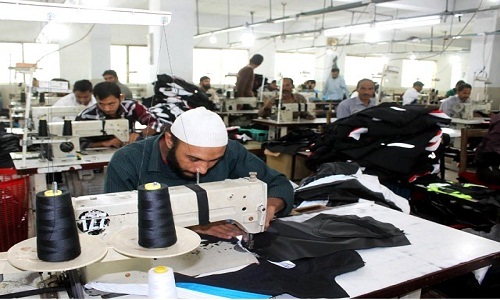 industry can also absorb the uneducated and unskilled labor force, which is abundant in Pakistan. Also, it takes just a few weeks to train people in skilled tasks such as operating sewing machines, and only a few days for tasks such as pressing the product, folding and packaging. Thus, numerous jobs can be generated for the unemployed in the country.
industry can also absorb the uneducated and unskilled labor force, which is abundant in Pakistan. Also, it takes just a few weeks to train people in skilled tasks such as operating sewing machines, and only a few days for tasks such as pressing the product, folding and packaging. Thus, numerous jobs can be generated for the unemployed in the country.
The state should make credit available for entrepreneurs wishing to develop apparel exports. It can also attract FDI by inviting more foreign clothing brands to set up their facilities here. However, the minimum wage in Bangladesh garment industry is around $95, lesser than Pakistan’s minimum wage of $150. Hence, Pakistan can subsidise electricity to this developing sector for a limited time period to offset Bangladesh’s cheaper labor costs.
Creating conducive growth environment
The recent trade war between the US and China has also opened a window of opportunity for Pakistan’s manufacturing sector. China exports apparel worth $27 billion to the US, and in light of trade restrictions, Chinese investors can be encouraged to establish manufacturing units in Pakistan to circumvent US duties and also to utilise the cheaper labor here. Thus the sector offers immense opportunities, but to exploit these, the government needs to create conducive conditions for growth. Currently, most of the investments in the country are made in the real estate sector; these need to be diverted to the export sector.
Focusing on the apparel industry will help Pakistan solve its myriad issues including unemployment, stagnant growth and a trade deficit. This should therefore be the government’s number one economic priority at present.


